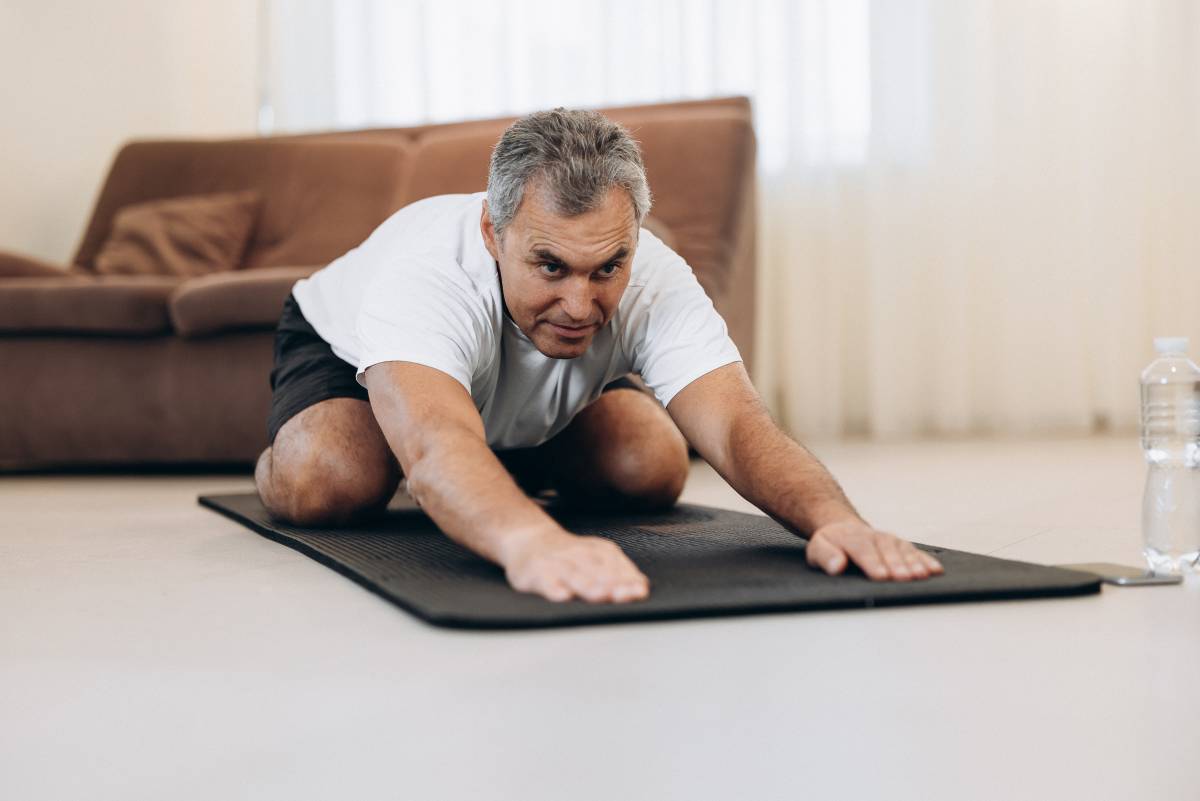Yoga and breathing control practices help to improve lung function in asthmatics, study shows
Yoga and breathing control practices, in combination with aerobic training, help to improve lung function in people with asthma, a new peer-reviewed study suggests. The research findings, which are published today (11 August) in Annals of Medicine, highlight the importance of integrating appropriate exercise training into asthma management plans.
Lead author Shuangtao Xing, associate professor at the School of Physical Education at Henan Normal University in Xinxiang, China, said: ‘Breathing training combined with aerobic training, and yoga training, appear to be particularly advantageous – offering potential avenues for effective treatment approaches.
‘Larger, well-designed randomised controlled trials are now needed to more accurately estimate the benefits of exercise training for individuals with asthma.’

Respiratory training 'plays a vital role'
Asthma affects about 339 million people worldwide, exercise was once seen as a potential risk factor for asthmatics, as it was believed to trigger or worsen an acute attack, the authors note. 'However, some studies have shown that scientific and reasonable exercise training can effectively improve and enhance the level of respiratory function and exercise capacity in asthma patients.'
The suggest: 'Respiratory training plays a vital role in the rehabilitation of asthma patients.' Recent studies have shown that exercise training enhances respiratory function and exercise capacity in adults with the condition. However, variations in the specific exercise interventions in existing randomised controlled trials (RCTs) have made it challenging to compare the effectiveness of different rehabilitation programmes.
The researchers conducted a network meta-analysis, which enables a simultaneous comparison of results from multiple treatments in a single analysis, to compare the effects of multiple types of exercise training on lung function in adults with asthma.
They included total of 28 RCTs, involving 2,155 people with asthma, and examined the effects of breathing training, aerobic training, relaxation training, yoga training, and breathing combined with aerobic training, on lung function.
All five types of exercise interventions demonstrated greater effectiveness in improving lung function measurements compared to the conventional rehabilitation control group.
The study found that
- breathing training, aerobic training, relaxation training, yoga training, and breathing combined with aerobic training, led to improvements in the levels of Forced Expiratory Volume in the first second (FEV1) levels and Peak Expiratory Flow
- aerobic training, breathing training, yoga training and breathing combined with aerobic training, improved the level of Forced Vital Capacity (FVC)
- breathing training, aerobic training and yoga training improved the FEV1/FVC
The team applied a statistical technique to rank the effects of different exercise treatments against each other. Relaxation training showed the most significant effect on improving FEV1 levels, breathing combined with aerobic exercise had the most significant effect on improving FVC levels, and yoga training had the most significant effect on improving PEF levels.
It is essential to consider individual factors, such as family history, duration of the condition, and environmental influences, when designing exercise rehabilitation programmes [Shuangtao Xing]
Conclusion
‘These findings should provide valuable insight for healthcare professionals prescribing exercise training for the management of adult asthma patients. However, it is essential to consider individual factors, such as family history, duration of the condition, and environmental influences, when designing exercise rehabilitation programmes. Tailoring interventions to individual physical and mental health conditions, with careful consideration of exercise intensity, frequency and duration, is important for optimising treatment outcomes,’ said Xing.
Limitations
The authors acknowledge certain limitations that could impact the broader extrapolation of these results – including inherent variability between the included studies and inconsistencies in exercise intensity and frequency details. Importantly, they highlight that the majority of patients in the study were under 60 years of age, so exercise interventions may yield different responses in older individuals.
To access the full version of the article – titled Effect of exercise intervention on lung function in asthmatic adults: a network meta-analysis – click
Author: Ian A McMillanShare it with














